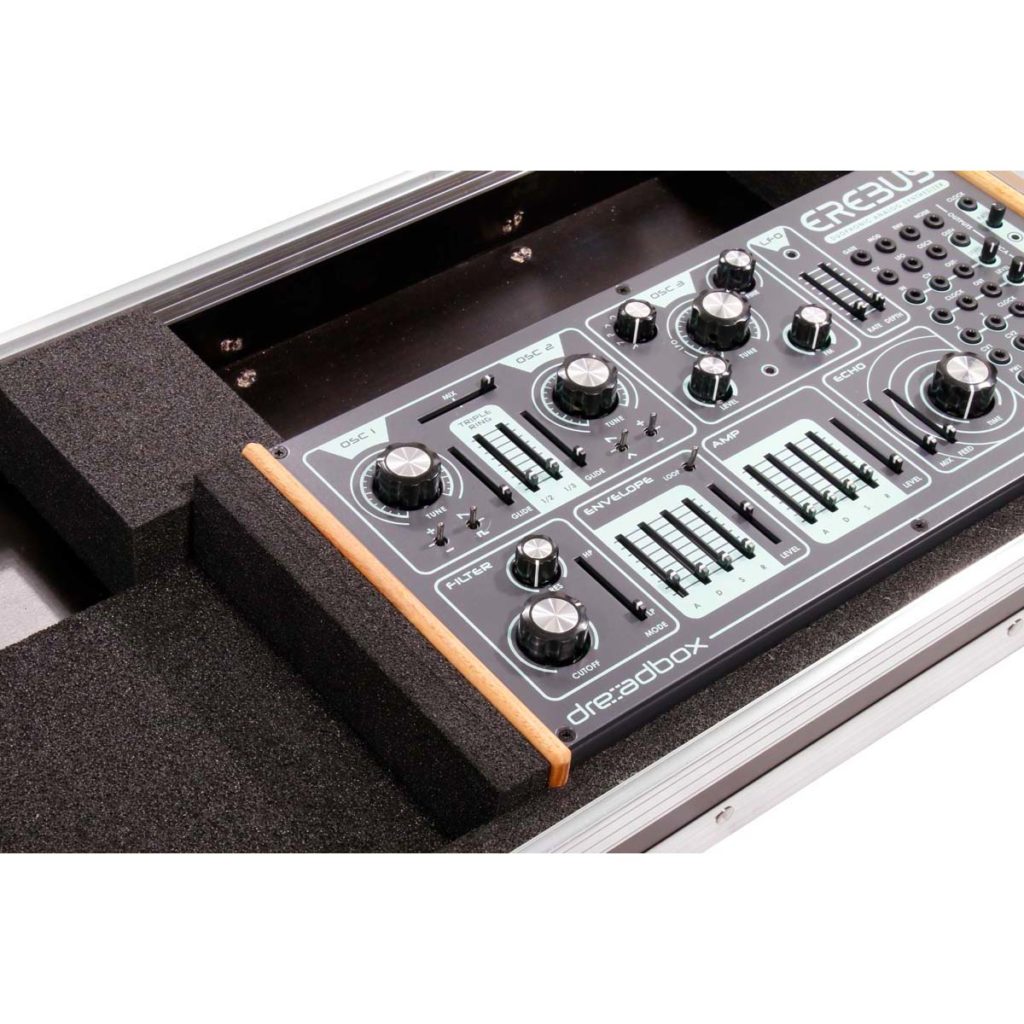



DREADBOX EREBUS V3 MOD
It has onboard MIDI to CV/gate conversion, which is used to control overall pitch, trigger envelopes and provide a separate modulation output derived from incoming Mod Wheel data. Taking just the features covered so far, the Erebus is powerful and fun to use, however it has a few other tricks up its sleeve. However, such is the flexibility of the Erebus that the looping filter envelope can also be used as an LFO-style source – and not forgetting Osc 3 and the onboard clock generator, which can both also be used as modulation sources.įinally we cut to the effects section of the unit, which is inherited from earlier versions and is based around a simple lo-fi delay line, with mix feedback and time controls.Īlthough it is basic, I would choose this type of effect over a more fully-featured built-in digital reverb every time – especially as the delay time can be modulated via a dedicated CV input, allowing you to create chorus flanging or just complete sonic mayhem as required. Fantastic value for money, we suspect this will prove to be an immensely popular product. The Neutron is a fun, useful and flexible synth. You also get a basic triangle wave LFO, which is rooted directly to control the frequency of all three oscillators.Īn expanded synth engine, semi-modular architecture and flexible control options make this a seriously competitive monosynth. There is a looping ADSR envelope hardwired to filter cutoff, and another four-stage type for amp duties (an expansion of the two-stage envelope on v1/v2).
DREADBOX EREBUS V3 PATCH
This is frustrating and odd, given that controlling resonance directly via its patch point allowed it to be dialled out altogether (with a peak reduction of around 8dB).Īlthough Erebus v3 uses analogue circuitry for most of its sound generation, the envelopes are digitally generated. Next we come to the filter section this is of a 2-pole (12dB-octave) low/high-pass design, featuring knobs for cutoff and resonance and a slider to move continuously from low-pass to high-pass modes (with the middle ground creating a notch filter, though sadly there is no band-pass option).Īt higher resonance settings, the filter can be driven into self-oscillation – in effect creating a fourth audio source – though, oddly, a resonant bump is always present, even when the Res knob is set to zero. You can see already, that without even reaching for a patch cable there is quite bit of interaction possible between the various audio sources. The FM control determines the strength of frequency modulation from Osc 3 to Osc 1 and 2. Like Osc 1, the pulse width can be modulated using patch points, but here you’ll also find a ‘supersaw’ wave that can come under PW control as well – and this alone makes for some very thick tones. The large tuning range of this oscillator allows it to extend down into very slow LFO modulation territory (with a cycle time of nearly two minutes).


 0 kommentar(er)
0 kommentar(er)
